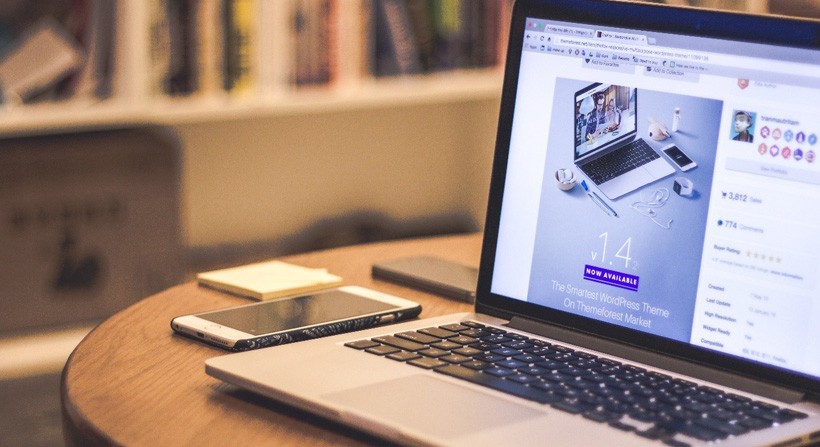
Bounce rate is a Google Analytics metric which is often misunderstood. In this post we explain what bounce rate is, why it's important and how to improve it.
What is bounce rate?
Bounce rate measures single page sessions. A single page session is when someone lands on a page and leaves without interacting with any other pages. This means they did not click any links which lead them to other pages on a website.
Bounce rate is a percentage metric which is single sessions divided by all sessions.
Why is bounce rate important?
Bounce rate can be interpreted in many different ways. A high bounce rate is not necessarily unexpected or a bad thing for some types of pages. For example, if bounce rate is high on a page which holds a business address – this would not be unexpected, as users would most likely visit this page to find this information only.
But, a high bounce rate on a landing page could be concerning – as most landing pages have objectives such as achieving conversions or delivering users to other parts of a site.

What is a good bounce rate?
This is questions we get asked all the time – and there is no simple answer.
Many people think bounce rate correlates with the time a user spent on a page, but this is not true. Someone may spend hours on a single page, but not visit any other pages – this would still be considered a ‘bounce’ by Google Analytics.
When measuring bounce rate, we must consider the following:
- The purpose of a page
- The source of page visitors
- User journeys
- The structure of a page (i.e. links)
- The content on a page
- The speed of a website/page
All of the above factors play a role in determining bounce rate. For example, a page may be the right answer for visitors, but if it loads slowly, people will likely bounce back to find a quicker page – especially if they are using a mobile device.
The first step to assessing whether bounce rate is good or bad is to review a page considering the above factors. To do this, we would use other metrics and analyse data – for example, considering bounce rate across devices or the average time spent on a page.
How can I improve bounce rate?
There are many ways to improve bounce rate, and the strategy chosen would be dependent on the type of page and its objectives.
1. Page Speed
Page speed is crucial to bounce rate. Measure the loading speed of a page on a range of devices – if it’s slow (i.e. takes longer than 5 seconds to load) you will most likely need to invest time and effort into improving pagespeed.
This might include removing unnecessary behind the scenes code or replacing large format images.
2. Page layout
The layout of a page can have a significant impact on bounce rate. If a page is hard to navigate or digest, users will likely go elsewhere.
Formatting is especially essential when it comes pages with lots of content. Content should be easy to read and navigate. To make a page easier to digest consider how the content is split on a page; use headings, sub-headings, bullet points and numbers.

3. User journey
If a landing page has a high bounce rate – consider a user’s journey, and what they’d want to see next. Does the page provide visitors with what they need to move on from that page? Make sure you have the right CTAs, in the right places.
A monitoring tool, such as HotJar, can help establish what needs to be improved. With most monitoring tools, you are able to record sessions, and this can reveal what needs to be changed or added.
4. Be relevant
If a page is appearing for a keyword it is not related to – this will most likely lead to a high bounce rate. If you want to improve bounce rate on a page make sure it appears for the right keywords.
Think about the purpose of a page and what it could offer visitors. You may want to change what a page appears for and focus on making sure it is visible for more relevant questions or search queries.
5. Optimise for mobile
Every year, mobile device usage increases. Generally, bounce rates are higher from mobile devices – so it’s important to analyse device bounce rates carefully, as they can highlight specific mobile usability issues.
It’s important that site pages are user-friendly when viewed on a mobile. CTAs and menus should be visible and usable.
We Can Help
As a digital marketing agency, we have experience in monitoring, analysing and improving website bounce rates. We use data to understand what may be causing bounce rate issues and implement a test and learn logic to enhancing pages.
Don’t hesitate to contact us to learn more.

